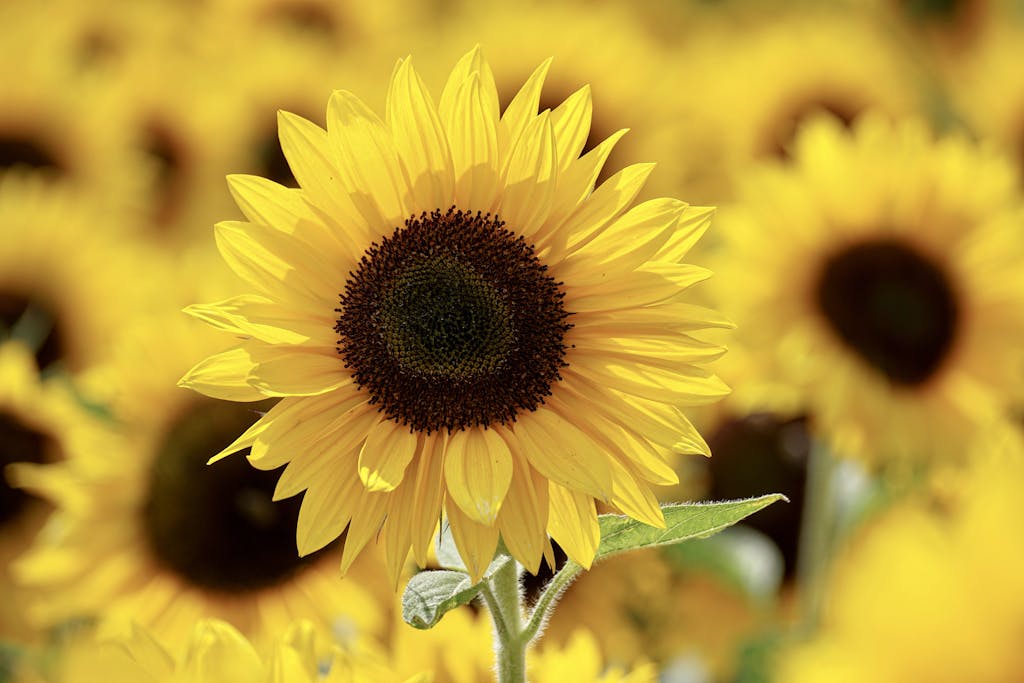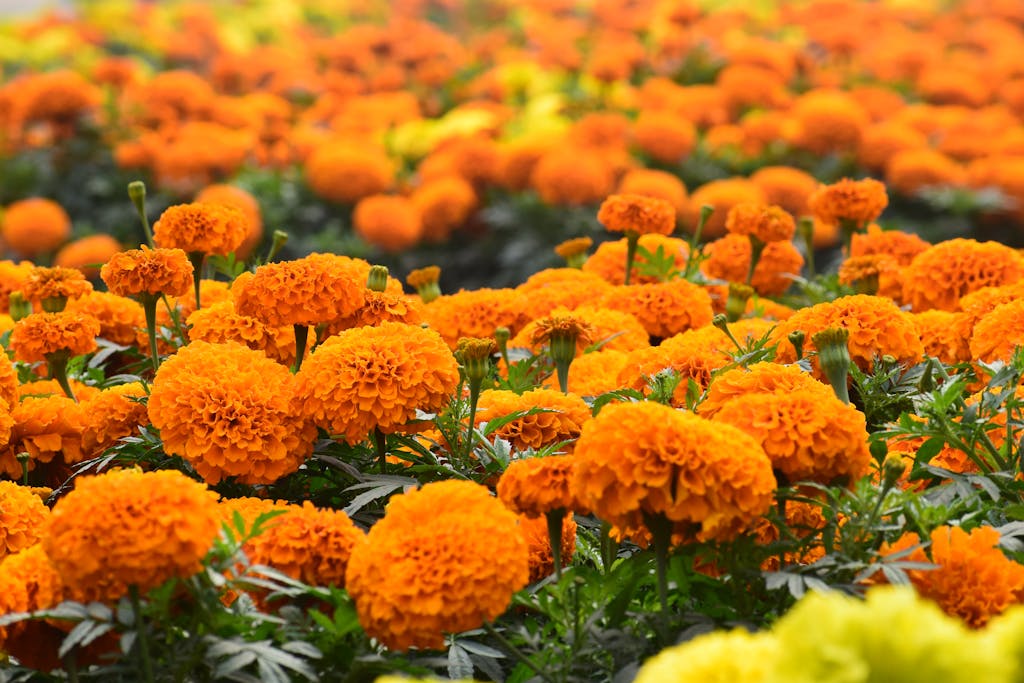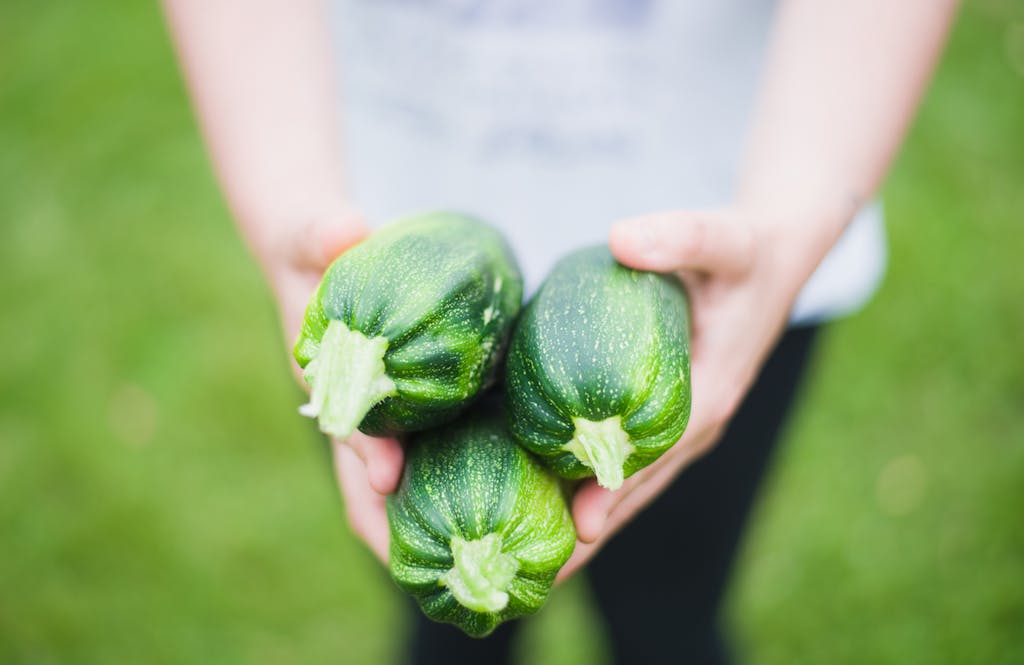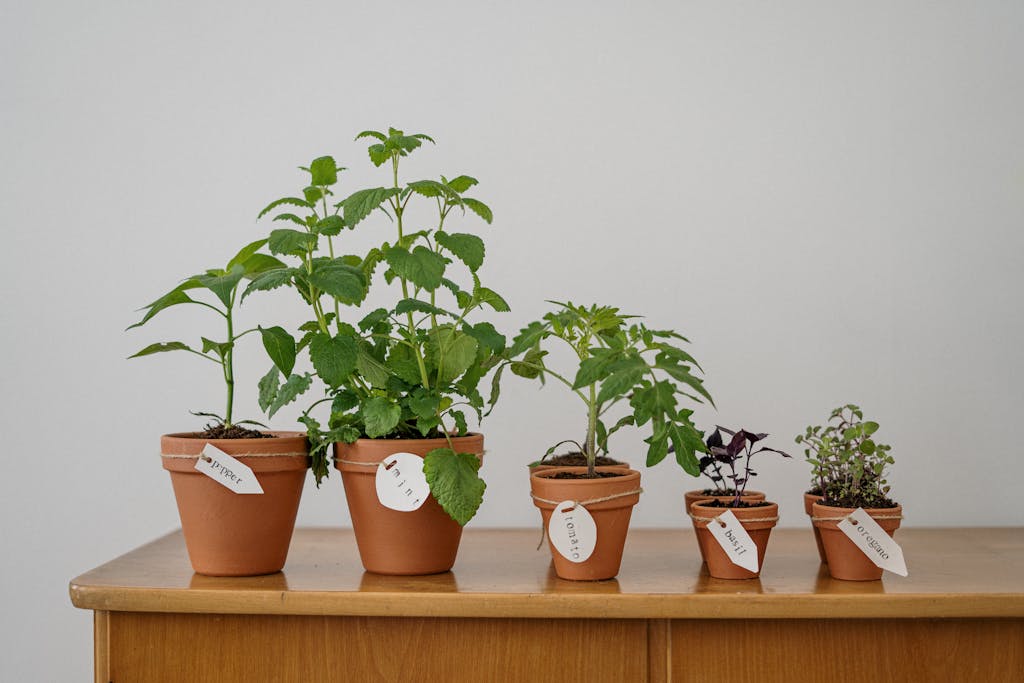Late-Start Gardening: What to Plant in May for a Successful Harvest
It happens. May shows up, and suddenly you realize the garden’s still just a plan in your head. Maybe spring was extra hectic, or the weather just wouldn’t play along. Whatever the reason, you might wonder if you’ve missed your window for homegrown flowers and veggies this year. Honestly, May’s not too late at all.
Many plants actually love a late-spring start. You’ve still got plenty of time to enjoy a burst of blooms and a real harvest before winter.
Flowers That Flourish from Late Spring Plantings
Starting flower seeds in May has its perks. The soil’s finally warm, and frost is usually history—so seeds jump into action.
Sunflowers are a classic late-start pick. Pop seeds straight into the garden now and watch these cheerful giants shoot up. They typically bloom in 60-90 days. The huge flowers look amazing in a vase, and the seeds will bring birds flocking later on.

Zinnias are another easy win. They germinate fast in warm soil and explode into color about two months after planting. You’ll get vibrant right up to the first frost.
Cosmos basically thrive on being ignored. Plant them in May, and you’ll see feathery foliage appear, followed by delicate, breezy blooms. The more you cut, the more they reward you, with flowers that last into autumn.
Marigolds really live up to their reputation. Sow them now for bright orange and yellow blooms that stick around until frost. Plus, marigolds can help keep some pests away and might even bring in helpful bugs.

Nasturtiums are both pretty and tasty. These easy growers offer edible flowers and leaves with a peppery kick, great for tossing in salads. Plant them in May, and you’ll get trailing growth and spicy, bright flowers all season.
Vegetables That Race to the Finish Line
The veggie patch isn’t out of the running, either. Lots of quick-growing edibles are perfect for May.
Bush beans make late starts easy. Unlike their climbing cousins, bush beans go from seed to harvest in about 50-60 days. No trellis needed, and you’ll get a concentrated, easy-to-pick crop.
Cucumbers love the heat and grow fast. Start seeds now, and you’ll be picking crisp cukes in 50-70 days. A simple trellis saves space and boosts your harvest.
Summer squash and zucchini have a reputation for overachieving. A couple of May-planted seedlings can easily supply your kitchen in 40-55 days. Just remember to harvest them young and check your plants daily once they start producing.

Carrots sown now will be ready by late summer or fall. You can pull some as sweet baby carrots after about 50 days, or let others size up.
Radishes are the definition of instant gratification. Most types mature in just 20-30 days. Plant a small patch every couple of weeks for a steady supply of crisp, peppery roots.
Lettuce and other salad greens can still work in May, especially if you pick heat-tolerant varieties. Look for summer crisp or oakleaf types. They handle the heat and resist bolting. Baby greens are ready in about a month.
Kale adapts well to May planting. Snip outer leaves early for salads, or let them grow big for cooking. Kale keeps producing until a hard frost, and honestly, it tastes even better after a light freeze.
Basil and other herbs love the warmth. Plant them now and you’ll be snipping fresh herbs for summer meals in no time. Regular harvesting keeps them bushy and productive.

Tips for Late-Spring Planting Success
A few things really help late-start gardens thrive:
- Water consistently. Seeds and seedlings need steady moisture as the weather warms up, especially during germination and those first few weeks.
- Try row covers. For greens that hate the heat, lightweight row covers can give a bit of shade during blazing afternoons.
- Mulch after plants are established. A couple inches of mulch keeps soil cool and moist, super important for late-spring starts.
- Succession plant when you can. With fast crops like radishes and lettuce, sow a little every week or two instead of all at once. That way, you’ll keep the harvest going.
- Prep your soil well. Give your plants a fighting chance with good soil and a nice dose of compost. They’ll need all the help they can get to catch up.
Embracing the Late Start
Starting a garden in May feels oddly freeing. The pressure to get everything perfect just melts away.
You can actually slow down and enjoy the whole process. Sometimes, certain plants even thrive with a late start because the soil’s already warm and your routines are set.
If you’re standing around in May, wondering if you missed your shot at gardening, just grab those seed packets and start planting. Honestly, your future self might thank you when you’re picking fresh flowers and veggies in the thick of summer, or even in the fall.
The best time to start a garden? It’s not about a date on the calendar. It’s just whenever you feel ready to jump in.